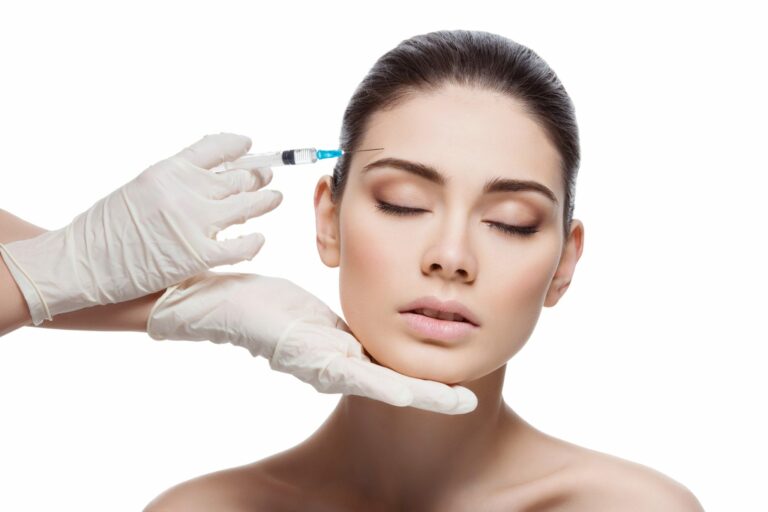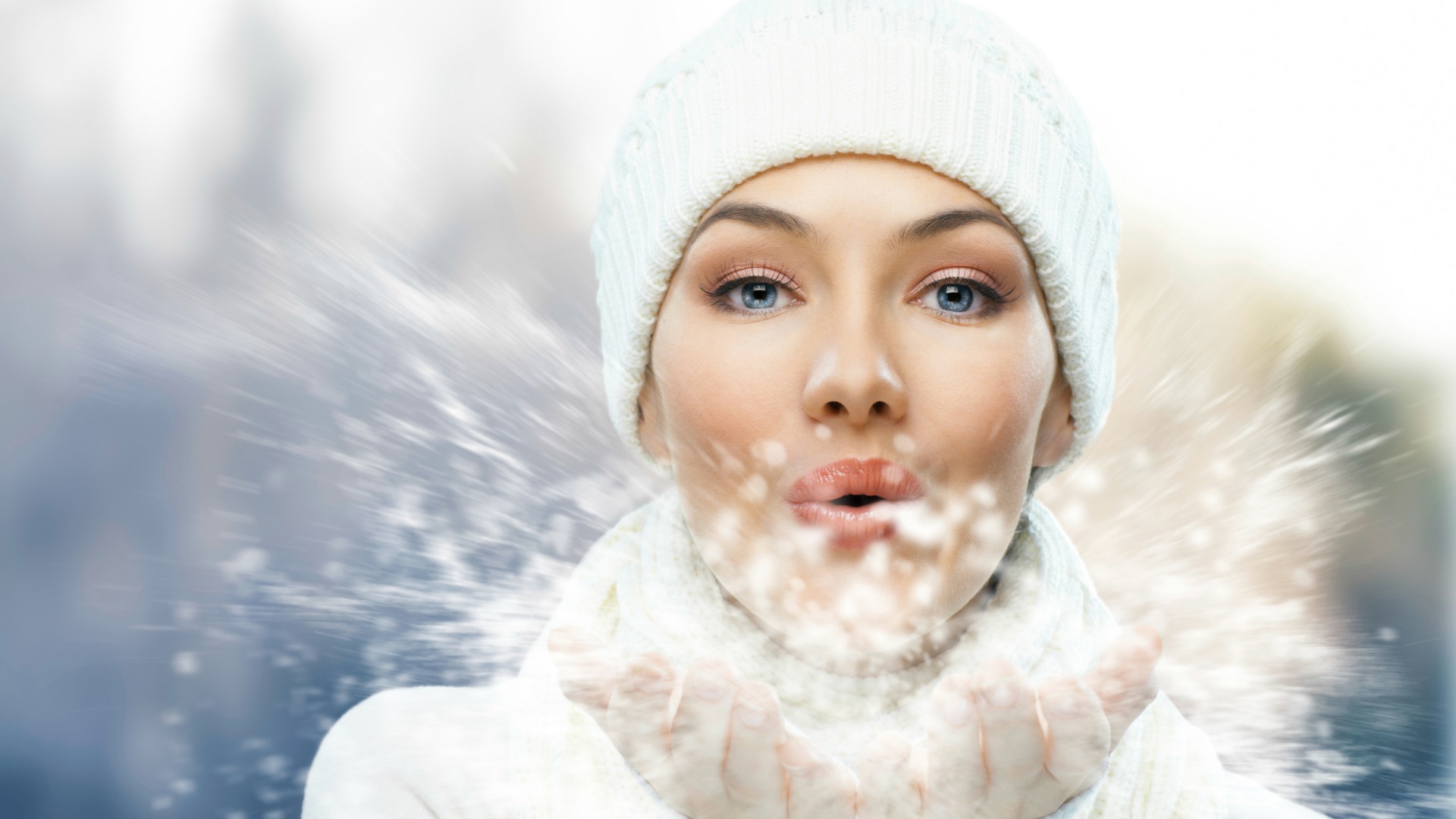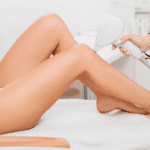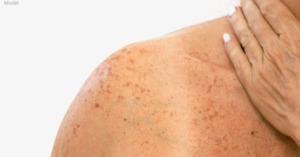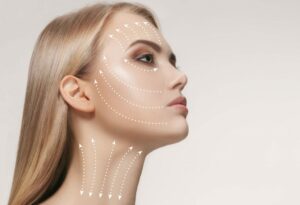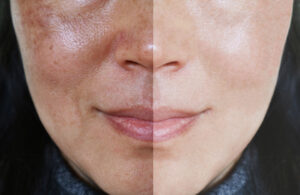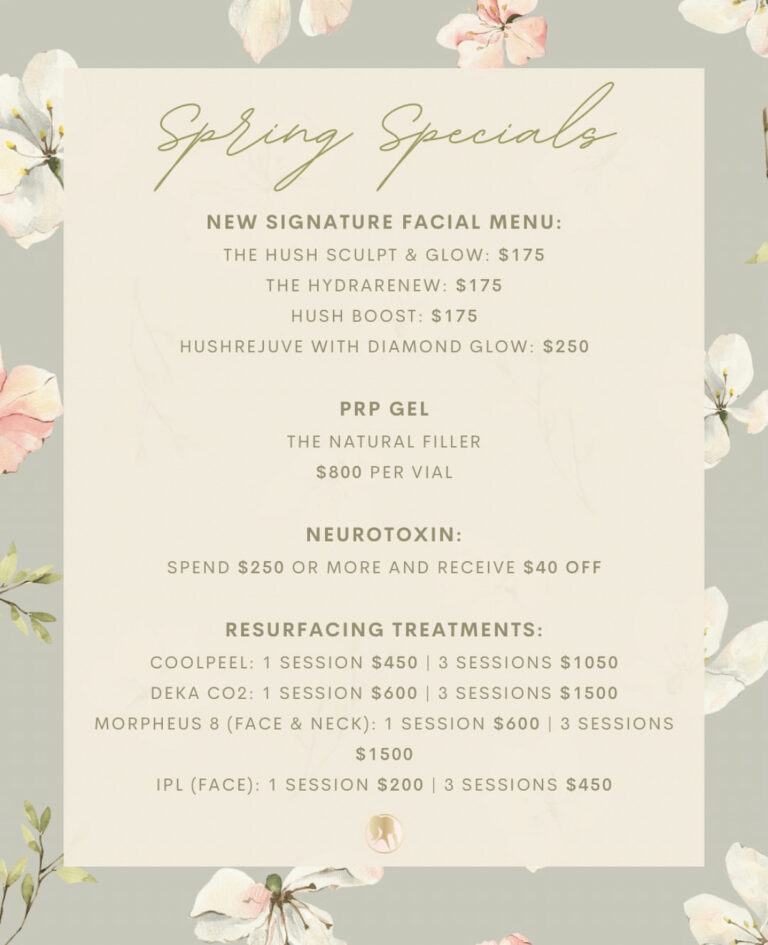Winter skin care tips: 5 procedures for winter skincare
What happens to the skin during cold weather? What happens if you don’t take care of your skin?
The winter period is a serious test for the skin: it becomes more dry, irritated, and sensitive, as cold air is one of the most aggressive environmental factors that can damage it. When you go out into the street, the vessels react to cold air by expanding – this makes the face redden. Further, with a long stay in the cold, the blood vessels narrow – the blood supply to the tissues worsens, the metabolism decreases, and the nutrition of the skin is disturbed. Hence lethargy, and dryness, followed by irritation and peeling. The stratum corneum of the epidermis thickens during the cold season in an attempt to protect itself from low temperatures.
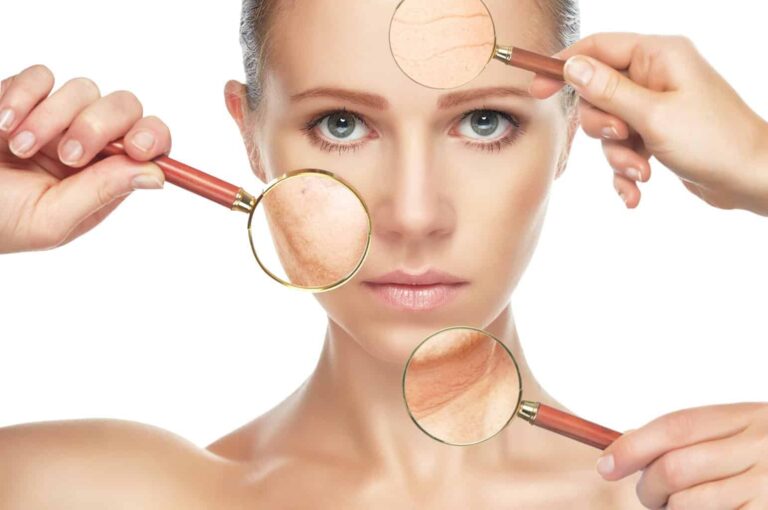
It has been proven that their constant exposure, combined with wind, and snow, leads to faster skin aging; the cell renewal process slows down.
On top of that, we spend most of our time indoors with dry, warm air, which dehydrates the skin. The sebaceous glands work worse in the cold. So for those whose skin has oily characteristics in spring, summer, and autumn, their skin will become normal during winter time. Normal skin runs the risk of becoming dry. Dry, in turn, acquires hypersensitivity.
What are the advantages of cold weather for the skin?
On the one hand, the cold has a negative impact. But on the other hand, it is good, since we have absolutely no restrictions on the care options that we can offer our skin in such conditions. During this period, of course, you need to regularly take care of your skin and do cleansing, toning, moisturizing and nourishing. Moreover, nutrition is closely related to softening – together they relieve irritation, and create a protective “screen” for cold air.
What does your skin need in winter?
In the classic home care scheme, all components should be preserved: cleansing, toning, moisturizing, and nutrition.
At the stage of cleansing, it is better to use either foam or milk – only mild formulas, no aggressive components. As for scrubs, using them once a week during wintertime is sufficient. Make sure to complement cleansing with toning. Next, apply a serum with a moisturizing component. It can be a collagen or elastin serum, a formula with hyaluronic acid. And then be sure to complete the care with an intensive nourishing agent so that the serum does not evaporate. It should be dense in texture, firstly, to keep the applied substances in the skin and help them in action, and secondly, to protect the surface of the skin from external influences.
One of the basic rules of fall-winter care will be as follows: moisturizing (serums, emulsions) is best left for the evening to minimize evaporation. And use protection and nutrition (products with denser textures) in the morning before going outside.
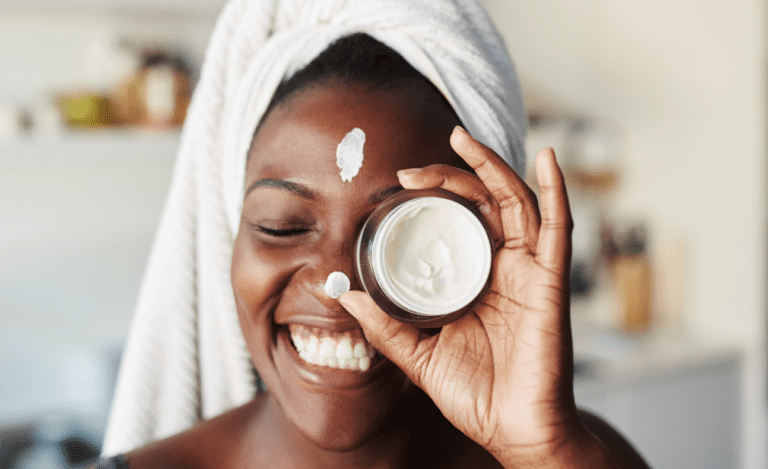
Skincare at home
It’s better to use the following types of products in winter: products with fruit acids, vitamin C, and retinol – this is a favorable time for active anti-age care, getting rid of age spots, and inflammation. And also – nourishing cosmeceutical masks, they can be done 1-2 times a week.
Please note that in fall and winter, there is a lack of vitamins and microelements, so it is necessary to take vitamin and mineral complexes – this is also required for the beauty of the skin.
The cold temperatures of winter aren’t always kind to your skin. During the winter months, you may need to pay extra-close attention to your skin care regimen, using thicker moisturizers and drinking lots of water to keep your skin hydrated.
5 procedures for winter skin care
Microneedling for winter skin care
There are a number of benefits and advantages to do microneedling treatments during cold weather.
Brighter, healthier skin – in the winter weather the facial skin can become dull and dry due to the lack of UV exposure, the high central heating temperatures inside, and the freezing cold weather outside. All of these factors combine to leave your skin damaged, but microneedling can help to repair this damage and transform your skin health.
Because of the rapid changes in temperature, from warm indoors to cold weather outside, the skin can rapidly become dehydrated, especially on the face. Microneedling is a great option for treating dry skin as this rejuvenates the outer layer of skin, replacing dead and dry skin cells with even, new and fresh skin cells for a smooth, glowing result.
With reduced UV levels your skin is likely to recover faster and more effectively after microneedling because it won’t be at risk of sun damage, which can be problematic for recovery.
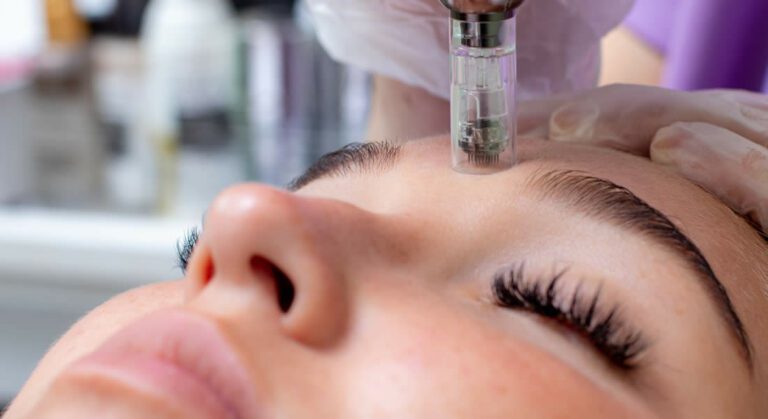
Chemical peeling for winter skin care
Winter is the perfect time for a chemical peel because the peels expose the deeper layers of your skin. This makes your skin more sensitive to heat and UV rays after your treatment. When you get a chemical peel during cooler, winter months when the sun is less intense, your skin is better protected as it heals.
Chemical peels involve the application of a special chemical solution on your skin to exfoliate away the dull, dead skin cells that make you look older than you are. After the old skin is gone, the healthy new skin just underneath can shine through, free of flaws and as fresh as when you were younger.
The treatment can also improve your overall skin texture and tone, leaving you with a vibrant, refreshed appearance.
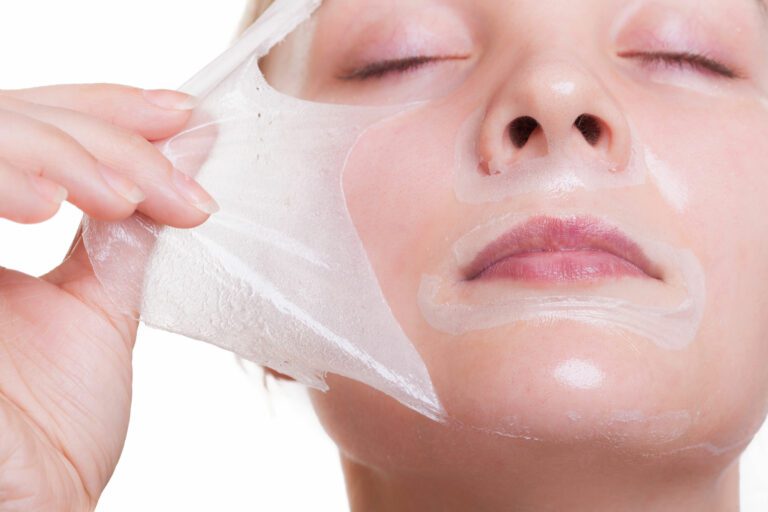
Diamond Glow for winter skin care
If your skin needs a little help after the cold winter months, a facial is a great way to restore and freshen it. However, not all facials are created equal, and it’s important to know that the DiamondGlow Facial stands out among the rest.
A Diamond Glow facial is one of the newest treatments for addressing a variety of skin concerns. It exfoliates the outermost layer of the skin with hydrodermabrasion technology to remove dead and damaged skin cells affected by sun damage and other concerns. This process reveals a healthy layer of skin cells underneath, resulting in a healthy glow and a reduction in concerns like dullness, dryness, pigmentation, and acne.

Lumecca – IPL for winter skin care
Lumecca IPL doesn’t just target hyperpigmentation and freckles. It can also target a range of uneven skin tone problems, including vascular lesions, port wine stains, facial, truncal, and leg telangiectasias, rosacea, erythema of rosacea, angiomas and spider angiomas, poikiloderma of Civatte, superficial leg veins and venous malformations.
The best time to have laser treatments is during the mid to late winter when summer tans are faded and the skin has paled.
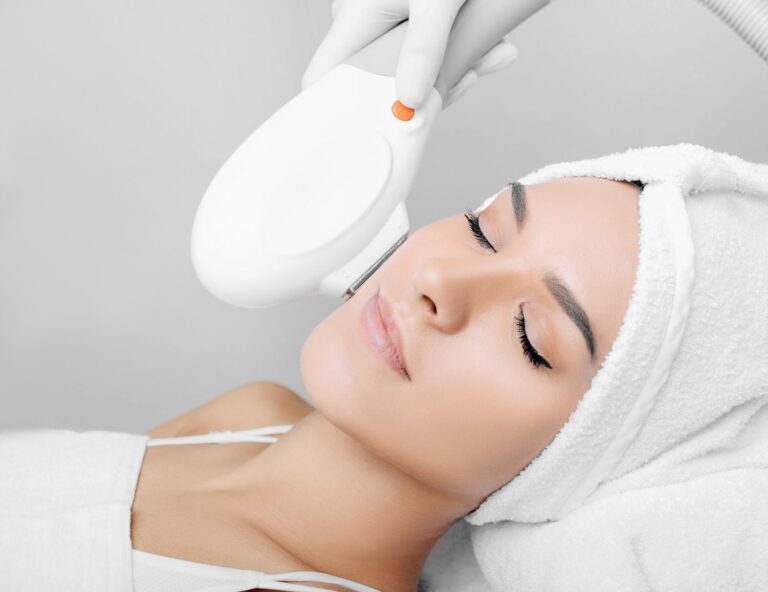
Winter skin care via Sculptra
Over time, your skin’s production of collagen naturally slows, leading to thinner, wrinkled, and less elastic skin. While this is a normal result of aging, it can make you feel less confident in your appearance. But, with the help of Sculptra, an innovative injectable treatment, you can replenish your skin’s collagen levels for youthful-looking skin.
Winter is one of the best times to receive anti-aging aesthetic treatments. By undergoing treatments like Sculptra now, you can enjoy the full results of the procedure by the time summer comes around. After all, in the summer, most patients want to be out in the sun showing off smooth, rejuvenated skin!
It takes around six weeks after treatment for the skin to start producing its own collagen. You’ll start to see dramatic results around two-three months after the procedure, and it’s administered in a series of treatments spaced a few months apart. So, if you want to see the full effect of this injectable by summer, you should schedule your appointment for this winter.
